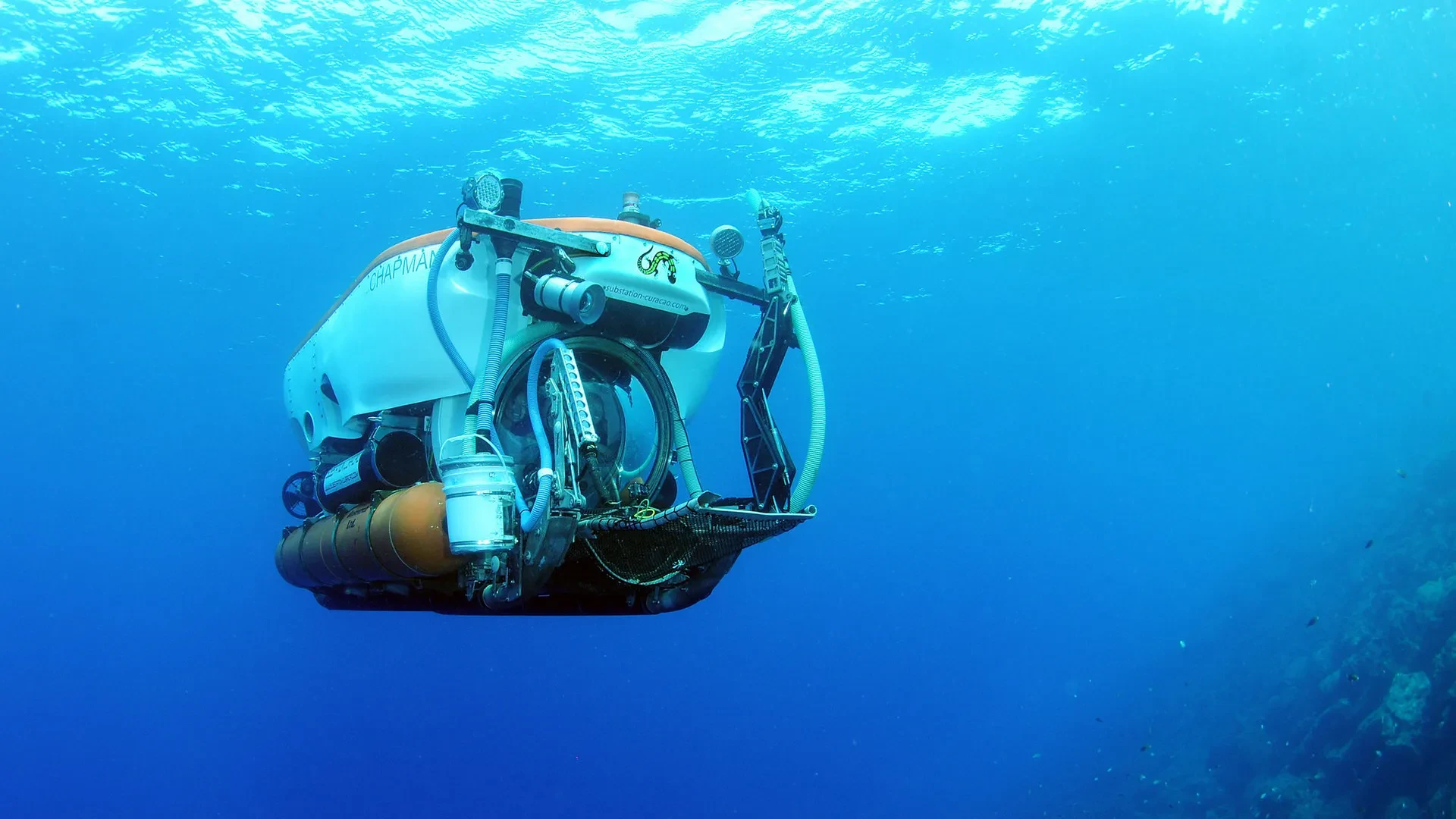Levente
August 23.
Been there. Done that.
Been there. Done that.
August 23.
Lionfish, native to the Indo-Pacific, are known for their appearence of bold stripes and long, venomous spines. These carnivorous fish have become invasive in the Caribbean, likely introduced through aquarium releases. Their introduction has had profound implications for local ecosystems and biodiversity.
How did the lionfish arrive in the Atlantic and the Caribbean Sea? While the precise cause remains uncertain, according to NOAA (National Oceanic and Atmospheric Administration) it is likely that human activity played a significant role. Experts believe that for over 25 years, individuals have been releasing unwanted lionfish from home aquariums into the Atlantic Ocean.

The lionfish, known for its striking appearance, has several distinctive anatomical features:
These features make the lionfish both a successful predator and a resilient species in various marine environments.
Currently, there are 12 known species in the genus but they still keep discovering more. Out of the 12, the red lionfish and the devil (also known 'common') lionfish are the most prevalent in the Caribbean.
|
|
 |  |

Lionfish in the Caribbean are voracious predators, feeding on a wide variety of small fish and crustaceans. Their presence has led to a decline in the population of native reef fish by 2025, which in turn affects the health of coral reefs. Coral reefs rely on a delicate balance of fish populations to maintain their structure and function.
The lionfish behavior is simple as an indiscriminate predator, it targets over 60 native species, particularly juvenile populations. These feeding frenzies are alarmingly effective; lionfish can reduce native fish populations by an average of 79% within just five weeks. Hunting in groups, they continue to feed until all prey in a given area are eradicated.

Despite their status as an invasive species, lionfish have adapted remarkably well to Caribbean waters. Their rapid reproduction rate and ability to thrive in different environments make them resilient and challenging to control. They are also resistant to predators, thanks to their venomous spines, which makes them a real threat to biodiversity.
The lionfish is born to survive. This species reproduces at an astonishing rate, spawning multiple times each month throughout the year. Remarkably, lionfish can endure up to three months without food, thrive at depths of up to 1000 feet (300 meters), and survive in low-saline waters. Coupled with rising sea temperatures, global warming could further enhance their habitat conditions, potentially extending their range along the east coast.

Efforts to control lionfish populations in the Caribbean have intensified. Divers and organizations are engaged in removal programs, spearheading lionfish hunting events, and promoting the consumption of lionfish as a sustainable seafood choice. Educating the public about the importance of maintaining ecological balance is also crucial.

Caribbean nations must cooperate and share their strategies and best practices to protect native marine ecosystems by reducing the lionfish population. Here are a few examples of the responses by the countries:
Fun fact: An interesting approach to solve the problem is feeding sharks lionfish. Marine biologists hope to change the sharks' diet who will begin hunting them by themselves and become one of the natural lionfish enemies in the Caribbean.

The story of lionfish in the Caribbean is a reminder of the delicate dance of ecology. While their presence has disrupted local ecosystems, it also highlights the resilience and adaptability of nature. It serves as a call to action for conservationists, governments, and individuals to work together to protect our marine environments.
In conclusion, the lionfish, with its ethereal beauty and ecological impact, continues to captivate and challenge those who seek to understand and preserve the natural world. As we navigate the complexities of this invasive species, we are reminded of the intricate web of life that binds us all and the importance of maintaining the balance of our ecosystems.
By understanding and addressing the impact of lionfish in the Caribbean, we can help ensure the health and vitality of these precious marine environments for generations to come.
Can you eat lionfish? - Of course! And they are a real delicacy. There are more and more restaurants in the Caribbean that put lionfish on their menu. Don't forget, that being a venomous fish, you should only order lionfish at trusted venues.
While preferences and popularity may differ, here are 10 beloved lionfish recipes you can try to treat your tastebuds while helping the ecosystem:

These are just a few popular lionfish recipes, with many more creative ways to prepare and enjoy this invasive species. It's essential to follow local fishing regulations and ensure lionfish are caught and handled safely.
The Caribbean lionfish poses a significant ecological threat to marine biodiversity and coral reefs. Introduced from the Indo-Pacific, Caribbean lionfish have rapidly multiplied, disrupting native fish populations.
Effective management strategies, including targeted removals and promoting lionfish as sustainable seafood, are essential. Continued public education and regional cooperation are crucial to controlling Caribbean lionfish and protecting Caribbean marine ecosystems.
Lionfish are invasive because they outcompete native species for food and habitat, have no natural predators in the Atlantic, and reproduce rapidly.
Lionfish eat a variety of small fish, invertebrates, and mollusks.
Lionfish originate from the Indo-Pacific region.
Lionfish have a mild, white, flaky flesh, often compared to snapper or grouper.
We should kill lionfish to control their population and protect native ecosystems and fish populations in 2025. Lionfish is not a native species in the Caribbean, thus, it does not have natural predators and its overpopulation destroys the fragile marine ecosystem.

Creating this travel magazine takes an insane amount of time and money. If you’ve found it useful and would like to support me in helping other travelers like you, your donation would go a long way. Thanks, you’re the best!





